![achiote seitan yemeni tomato salad 008_thumb[1] achiote seitan yemeni tomato salad 008_thumb[1]](http://lh4.ggpht.com/_PtQfEBUQorM/TFHtLMuOckI/AAAAAAAABEI/rSIuzZno8TA/achioteseitanyemenitomatosalad008_th%5B1%5D.jpg?imgmax=800)
The chicken-style seitan in these soft tacos gains a deep red color and distinctive flavor from a marinade with achiote, also known as annatto. For a little achiote illumination, here’s Harold McGee, in On Food and Cooking:
“It is the seed of a bush, Bixa orellana, native to tropical America, and is much used in various cooked dishes from southern Mexico to northern South America. The bright red-orange pigment bixin is found in the waxy coating of the seeds, and readily changes into a number of chemical variants that are different shades of orange, yellow, and red.”I don’t know of anything else that makes things such a dramatic red as achiote. Whole seeds are commonly available in Mexican markets, where you can also find prepared achiote seasoning mixes. I used the latter here, though I’ve experimented a couple of times with achiote seeds. Achiote seeds are very hard, so you need to spend some quality time with a mortar and pestle, or a serious spice grinder, to make a fine powder for marinades or rubs. Whole seeds can also be sautéed in a little olive, corn, or peanut oil and strained out, making a brilliant red oil for drizzling wherever you like.
Besides it’s use as a flavoring and colorant, achiote paste is used in some indigenous South American cultures as a body paint and hair coloring. I have a story about that, but I’m here today to talk about tacos.
Using prepared achiote seasoning, these were really easy. I just mixed a spoonful of achiote mix with some olive oil, water, and sherry vinegar, and soaked about a cup of chicken-style seitan strips in the marinade for an hour or so. Fry the marinated seitan for just a few minutes, until the pieces lightly brown, and you’re there.
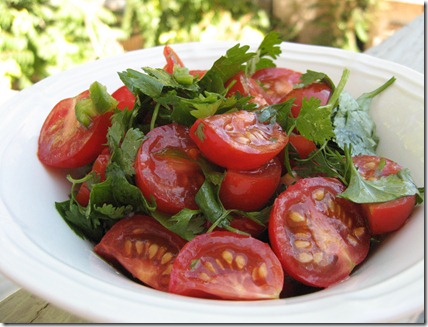
The idea for this tomato and cilantro salad comes from my kitchen calendar, the 2010 International Calendar produced by the RPCVs of Wisconsin - Madison. Each month features a beautiful photo and basic cultural information, like recipes! Yemen is featured for July, and inspired me to use some fresh cherry tomatoes to make banadura salata b’kizbara, which also includes fresh cilantro, lemon juice, chili peppers, and olive oil. Despite the distance between Yemen and Mexico, those flavors sounded right at home in a taco.
![achiote seitan yemeni tomato salad 009_thumb[2] achiote seitan yemeni tomato salad 009_thumb[2]](http://lh6.ggpht.com/_PtQfEBUQorM/TFHtNRf7kvI/AAAAAAAABEY/ejZda3aXkfg/achioteseitanyemenitomatosalad009_th%5B1%5D.jpg?imgmax=800)
That’s it for food today. I still have high hopes to get back to posting on a regular basis, but summer heat leaves me less than motivated in the kitchen. On my evenings and days off, the pups and I tend to wander off someplace we can go swimming - temps have been over 100 F on a regular basis. Otter and Maya have never been big swimmers, but the California sun has changed that. Otter turns 10 sometime this summer, and I thought she gave up swimming a few years ago. She’s back, and sometimes does laps around me in the swimming holes of Chico Creek. Maya has been afraid of water past her knees for most of her three years, but is turning into a comfortable swimmer.
![water dogs 036_thumb[1] water dogs 036_thumb[1]](http://lh3.ggpht.com/_PtQfEBUQorM/TFHtOiJzMZI/AAAAAAAABEg/pcmlmMhMWro/waterdogs036_thumb15.jpg?imgmax=800)
Here's Otter keeping cool.
![water dogs 022_thumb[1] water dogs 022_thumb[1]](https://blogger.googleusercontent.com/img/b/R29vZ2xl/AVvXsEgzZGL7kc4oXhzDSrP28YmT45N2Imc7DXDFz4IPcmLwDYJhuJB3jXokO7LVx0wB5SqYMVcK7h_xqcbsVRzoT7QvhXl9g2Q2K313y8j4MAgQcHobQfmbAq4niBRa_6PPBW4dKMEoH0C2Oa8/?imgmax=800)
And Maya, in one of the swimming holes in Chico Creek Canyon north of town. Taking this picture made me think about how nice a waterproof camera would be. This concludes the “bragging about my awesome dogs” section of the blog.
Finally, if anyone is curious, I’m completely loving my new job. I’ll be back here soon with some photos of our friends at Farm Sanctuary.
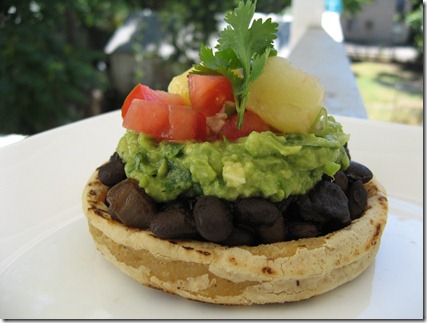
![sopes with porter glazed black beans 003_thumb[1] sopes with porter glazed black beans 003_thumb[1]](https://blogger.googleusercontent.com/img/b/R29vZ2xl/AVvXsEg8HvwA4J8Ji2CEmtdPazjk2AmYXyErm-2Up_RwIwtEzHAsHJSRhuql-fx4HJvUwnTtjVbThrlBpE-IvfMilepVFL3kt86sLzw2ONJ_KFW4eIg2vekrs6fUC3ktG26-50jRDPkEJX_hUdg/?imgmax=800)
![sopes with porter glazed black beans 026_thumb[3] sopes with porter glazed black beans 026_thumb[3]](https://blogger.googleusercontent.com/img/b/R29vZ2xl/AVvXsEj1ApB1aAeFd-F8U1yiYoiB_TUFSKoocqJ9hvMA0yEU024zUoL4okKHpf0fIe7N2BXkdKzn8bgAGUlXJewTd_02O0aLzmjlXleIICl4x5gdBtGq9ne8ahRZezx0piQ68ViYS6_lDOpEzX8/?imgmax=800)
![sopes with porter glazed black beans 030_thumb[2] sopes with porter glazed black beans 030_thumb[2]](https://blogger.googleusercontent.com/img/b/R29vZ2xl/AVvXsEiFAPitoSSIgfY8QKT3_n2OiLwOGhfcXLgFSVUAf1hLNiwJ3_tIYxcbkkrEjlrNzBlRTxsNIhw3tPrwk7cZfPytr4CYAbjp16LahmqcE5jIst8ubJPyHWlMGjqnRTdzuTeoy7IZBsE4eug/?imgmax=800)
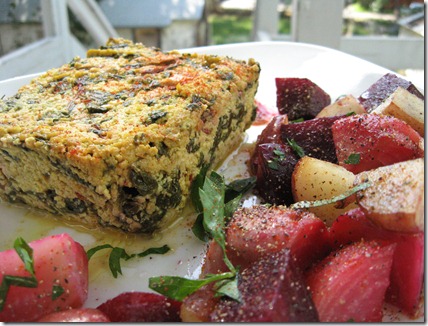

![034_thumb[2][1] 034_thumb[2][1]](http://lh4.ggpht.com/_PtQfEBUQorM/TARPfBU3Z3I/AAAAAAAABDI/qLpSfWJ5tzY/034_thumb218.jpg?imgmax=800)
![nopalito soup w qusadillas 011_thumb[2] nopalito soup w qusadillas 011_thumb[2]](https://blogger.googleusercontent.com/img/b/R29vZ2xl/AVvXsEhuce00ZeC2iBGDJfpDML3WBtyXY6ss0z1i3RONNnEKkqM-rDJehT1j6nQuAAr6B8IoSNLmVVGIZMr1KLcpRqlAByUnqMvZSAntX2vyK7rn1WufjFuNYOXAvfA5N9VyZPMgylUv7XUtfxw/?imgmax=800)
![nopalito soup w qusadillas 012_thumb[2] nopalito soup w qusadillas 012_thumb[2]](http://lh6.ggpht.com/_PtQfEBUQorM/TARPhahoNAI/AAAAAAAABDY/7iMYR5CImNE/nopalitosoupwqusadillas012_thumb24.jpg?imgmax=800)
![003_thumb[3] 003_thumb[3]](http://lh3.ggpht.com/_PtQfEBUQorM/S_x2Hhlc7JI/AAAAAAAABCY/LkOlCrZhI-E/003_thumb35.jpg?imgmax=800)
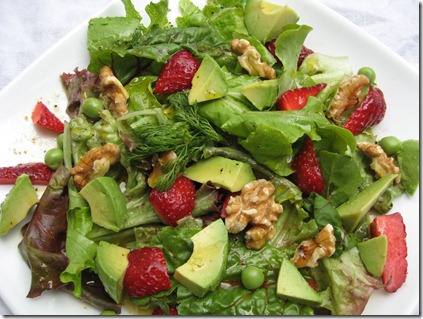
![chico may 10 002_thumb[3] chico may 10 002_thumb[3]](http://lh5.ggpht.com/_PtQfEBUQorM/S_x2KcqLQzI/AAAAAAAABCo/x8hPa4O2DO8/chicomay10002_thumb36.jpg?imgmax=800)
![004_thumb[2] 004_thumb[2]](https://blogger.googleusercontent.com/img/b/R29vZ2xl/AVvXsEj6Y_nUcISc2ofDzoXh1CkuxA7QHl4txaIMPrRaspUdWR4bM0HjnubMoa8ru5zrq6hEgapPxcfXnI_h_9ELfzO9XV4_HHOzAL4CM1dJJV4SSm3LdOyj6IyfzyTfM-DL6Nxhd4VAetjPsf8/?imgmax=800)
![011_thumb[2] 011_thumb[2]](http://lh6.ggpht.com/_PtQfEBUQorM/S_x2Nnr7FtI/AAAAAAAABC4/fLIM8czaOGA/011_thumb27.jpg?imgmax=800)


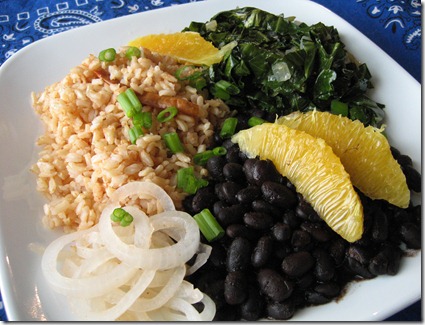
![004_thumb[1] 004_thumb[1]](https://blogger.googleusercontent.com/img/b/R29vZ2xl/AVvXsEiRpvzKhbsUlHuDRPZQOpmBMWPIa_DDQMEhgpP3_GPilhrj4Fqs8JY98TQ5uTxBTfUIvGuHmKTiRGnrP0HTXl0cbgOR27V_qM1xebnirpBxbzbBryn59FYoXMkpEA8K8SVAdqTtGhdC844/?imgmax=800)


